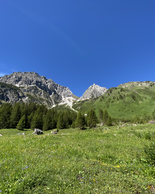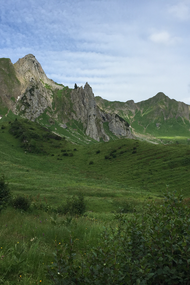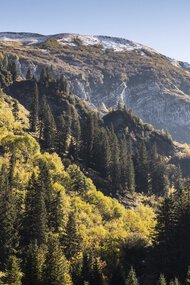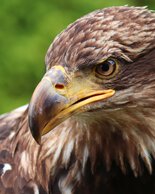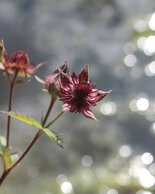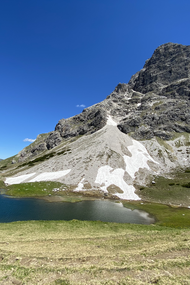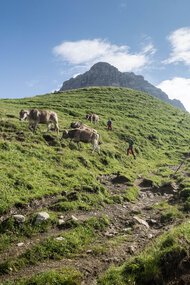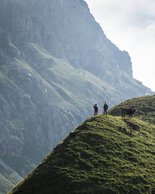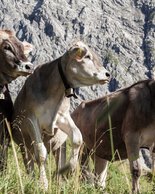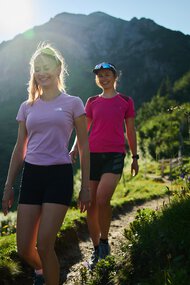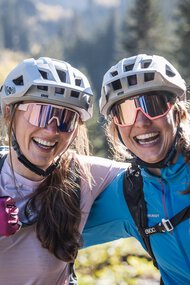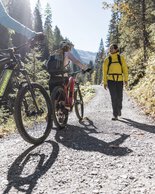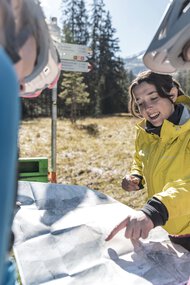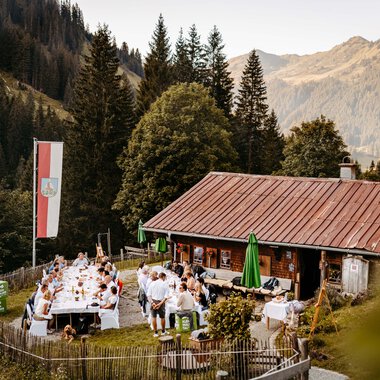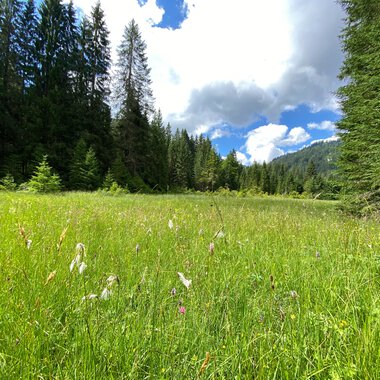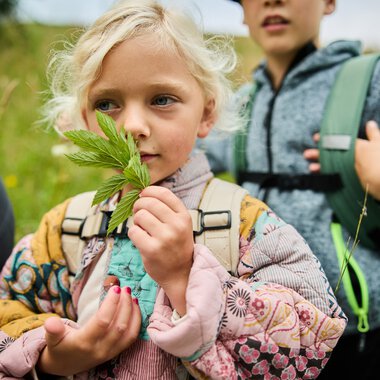Pearls of the Kleinwalsertal: the Bärgunttal valley
19.06.2023
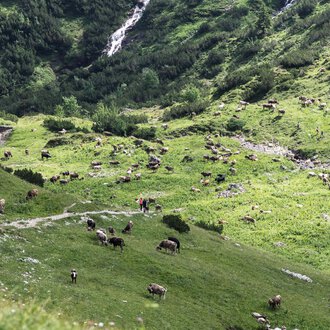
Whether in winter or summer, the Bärgunttal valley is worth a tour at any time of year. An idyllic hike or bike tour to the Bärgunt hut, a challenging mountain tour to Hochalpsee or a walk in the snowy winter landscape? Pretty much anything is possible in the wild and romantic Bärgunttal valley.
Natural idyll at the foot of the Widderstein
The entrance to the Bärgunttal valley is very easy to find - right where the Bärguntbach, Tura and Derrenbach streams flow together to form the Breitach. The landscape is characterized by green mountain ridges, flower-filled alpine meadows, mountain forests and the Großer Widderstein, whose summit massif stands out sharply from the surrounding mountains. Typical inhabitants of the Bärgunt valley are the rock ptarmigan, black grouse, grey wagtail and alpine chough.
home of majestic hunters
The Widderstein is also the territory center of the only breeding pair of golden eagles in the Kleinwalsertal. Adult specimens have brown plumage with golden yellow feathers on the head and neck. With a wingspan of up to 230 cm, this elegant bird of prey is one of the largest hawk species. Golden eagles defend their territory of approx. 20 to 100 km² in pairs all year round.
As a (hunting) competitor of humans, the golden eagle was severely decimated in the 19th century. Disturbances at the breeding sites make it difficult for the protected species to reproduce. Stop for a moment on your next hike and look up into the sky, you might even spot a golden eagle soaring or gliding.
the lake Hochalpsee
The Hochalpsee lake lies at around 2,000 m with a view of the Widderstein summit and the valley below. The damp ground cover around the high alpine lake creates impressive vegetation. Both the rare feverfew and the marsh fritillary can be found around the lake - an occurrence at an unusually high altitude for these marsh-loving plants. As bogs are becoming increasingly rare, these plants have also become a rarity. Depending on the altitude, the star-shaped flowers of the marsh fritillary bloom between May and August in a vibrant dark purple - have you already spotted a specimen?
Cultural and natural landscape
The Alps owe their scenic beauty to the interplay between natural and cultivated landscapes. Without mowing or grazing with livestock, large parts of the mountain slopes become overgrown with bushes and forest. Agricultural management at higher altitudes is particularly important for biodiversity. Carefully grazed alpine pastures keep the landscape open and thus provide diverse habitats for animals and plants. In addition to mountain forests, flower-rich alpine meadows and dwarf shrub stands, a large part of the Bärgunttal valley serves as alpine pasture. With around 250 cattle, horses and goats, Alpe Bärgunt has the largest herd in Kleinwalsertal, which spends the entire summer in the mountains.
We all love the open space of the Walser mountains. As the Bärgunttal is one of the most popular destinations for active vacationers, different preferences come together here - from leisurely walkers to bikers who explore the valley at a faster pace. Friendly interaction with each other and with nature is therefore a must.
For conscious cooperation
- There is plenty of space in the Walser mountains - whether on a bike or on foot, taking your time and letting oncoming cyclists pass is worth the minute
- A friendly smile is always good
- Cyclists make themselves noticed early with a bell
- Hikers have the right of way on paths, if there is enough space they move to the side and let cyclists pass by
our Tour tips
Have we piqued your interest? The tour around the Widderstein leads through a large part of the pasture area of the Alpe Bärgunt. Even if the tour does not lead to the summit of the Großer Widderstein, the views are always impressive! For more leisurely tours or a bike tour, the tours at the foot of the Widderstein are ideal.

